
This special exhibition was a project we staged for a month-long display at a local library. This focuses on the role of knitting and the Home Front in World War I. We are pleased to share our research and artifacts here online as well.

At the onset of the Great War, the US had a small standing army of just over 100,000 troops. When the US entered into the conflict in April, 1917, there was the immediate need to supply a military that would swell to 4.7 million by the end of 1918. Factories raced to fill the needs for munitions and equipment, but the military was woefully short on supplies.
The Home Front stepped in to help.
Recognizing that troops lacked socks, gloves, sweaters, and other cold weather gear, the Red Cross and other civic organizations sprang into action by the summer of 1917. Knitting became more than an art and pastime--it became a wartime necessity and a patriotic duty.
Across the country, “Wool Brigades” assembled in knitting circles around the rallying cry, “Knit for Sammie!” and to the tune new patriotic knitting songs. Many citizens fashioned their own needles and organized the distribution of wool yarns; countless more learned the craft and worked tirelessly to produce warming comforts for the troops. Socks were at the top of the list. Wool “helmets,” gloves, sweaters, and scarves were collected by Red Cross centers and shipped to the troops.
First Lady Edith Bolling Wilson was one of the most influential supporters. The Wilsons managed a flock of sheep on the White House lawn, raising the Red Cross over $52,000 through sale of their wool.


Knitting Teas and Knitting Bees sprung up in communities across the country, bringing together community members and raising thousands of dollars as millions of handmade necessities were produced. Lunch breaks at schools and worksites were often dedicated to knitting. Magazines, newspapers, and pamphlets widely circulated approved Red Cross patterns—many knitters created their own as well!
Civil War veterans, wounded soldiers, firemen, and religious congregations put their skills to use. From hospitals to schools, governors’ mansions, and even prisons, the Wool Brigades rallied to supply what the military could not. Many items reached the troops in Red Cross “comfort kit” bags. Grateful letters arrived back in return.
By 1918, Wool Brigades had their own niche in the fashion world. Knitting bags and aprons became fashionable accessories. Designers produced vibrant, patriotic satchels, as well as simple cloth bags. Vogue suggested clipping and pasting its colorful covers to brown paper bags and selling them as knitting bags to raise money for the Red Cross.
Knitting patterns were also used to produce goods for local wear in colors not needed for the war effort. “Military” themed knitted goods were modeled in Vogue, Modern Priscilla, Gentlewoman, and many other magazines by 1918.


The National WWI Museum notes that by the time hostilities ceased in November, 1918, “volunteer knitters dedicated two million hours – nearly 230 years’ worth of labor – in the 18 months the United States was at war. By its end, they used 45 million pounds of wool and made 22 million garments to support soldiers stationed domestically and overseas.”
An additional 6.5 million garments were made for overseas refugees.
In a very short period of time, the Wool Brigades had stepped up to fill a crucial role in the conflict. American Home Front knitters mobilized again and again in future conflicts--but never again on the massive scale seen in World War I.
Resources & Recommended Reading:
Paula Becker | “Knitting for Victory: World War I”
Anika Burgess | “The Wool Brigades of World War I”
Miranda Johnson | “Showing Support of the Great War with Knitting
Needles”
Holly Korda | The Knitting Brigades of World War I (2019)
Anne MacDonald | No Idle Hands: The Social History of American Knitting
(1990)
National World War I Museum | “Knitting the Nation”
Gallery
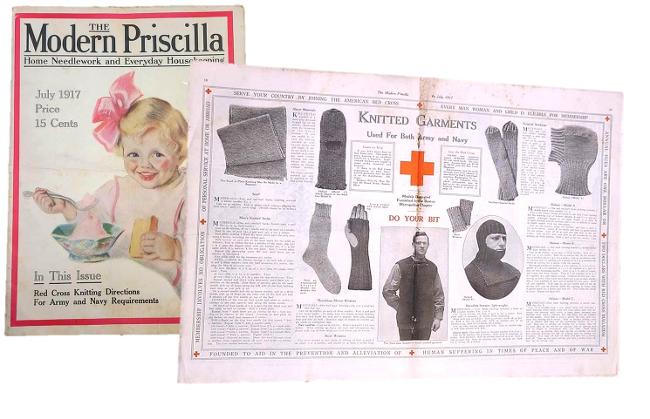
Magazines such as Modern Priscilla published Red Cross-approved instructions for knitting (July 1917)
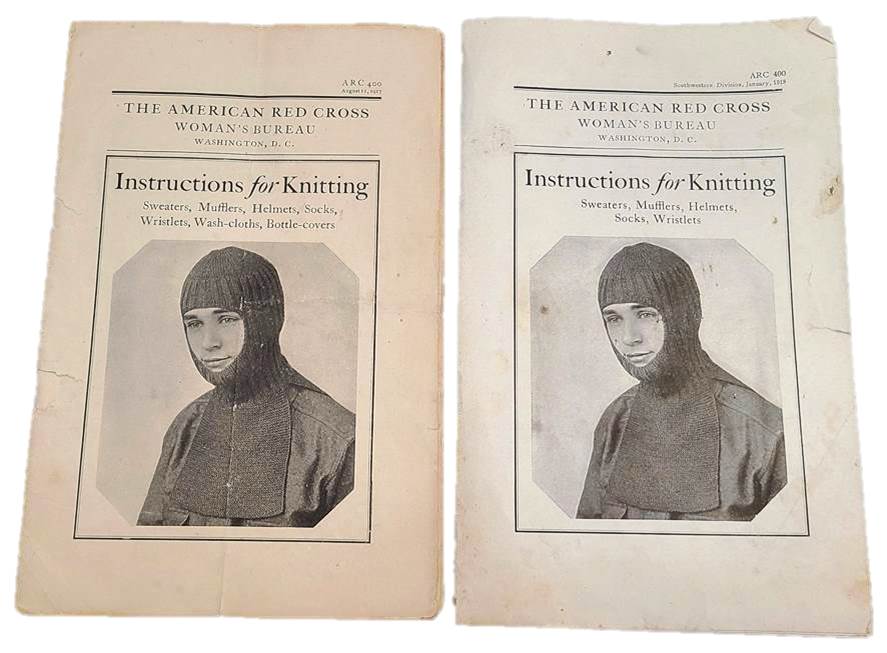
Official Red Cross Instructions for Knitting. 1917 (left) and revised 1918 copy (left)
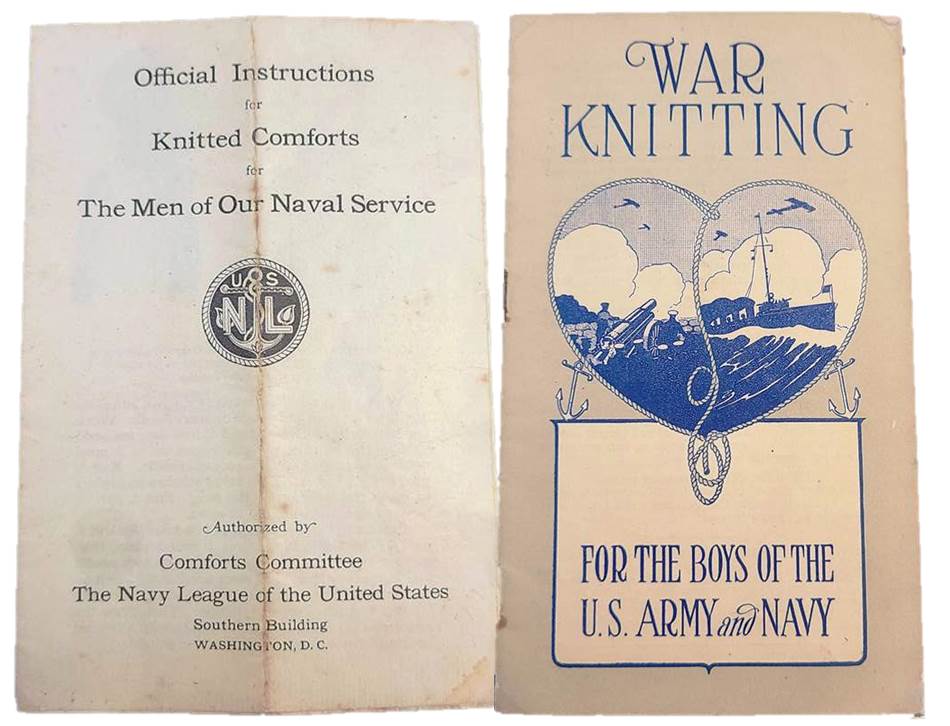
Navy League knitting insturctions from 1917 (left) and a pamphlet published by Wanamaker's Department Store (right)
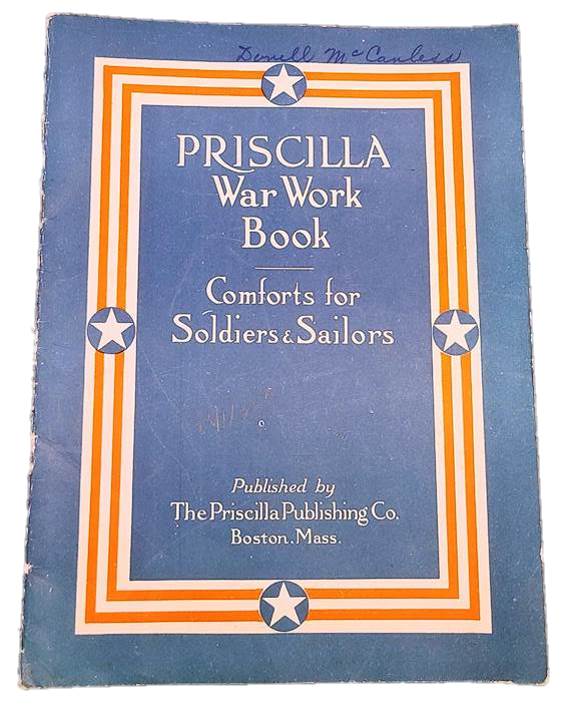
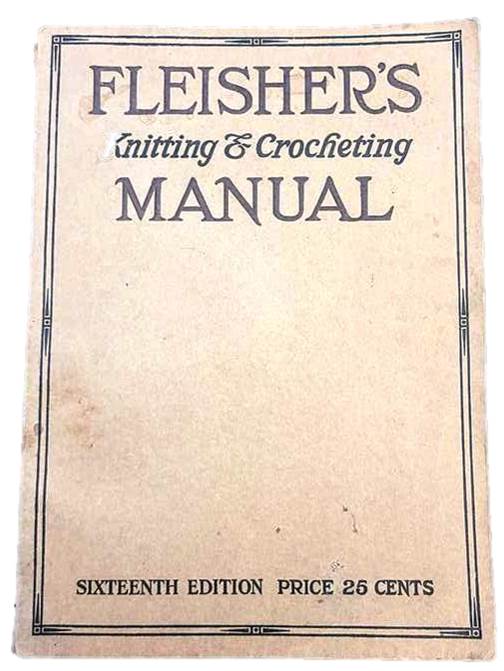
Priscilla War Work Book (1917) and Fleisher's Knitting and Crocheting Manual (1918) provided patterns
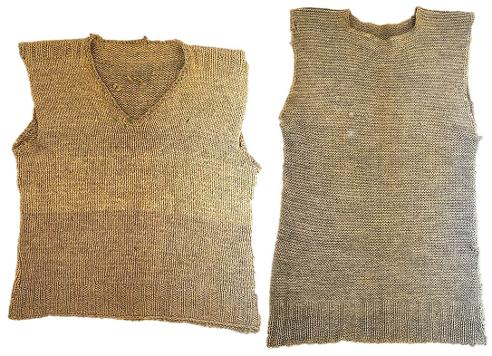
Two versions of the popular "sleeveless sweater"
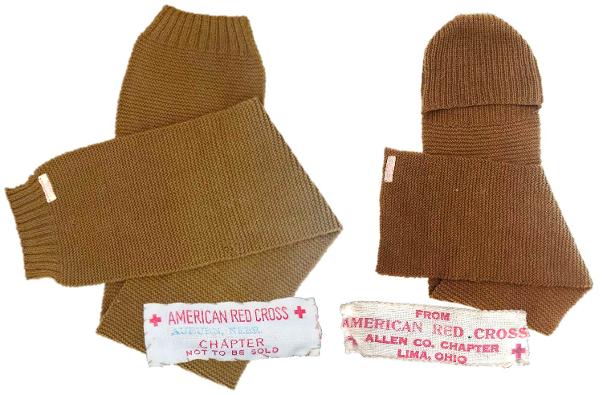
Two different scarves. At left is one from the Auburn, Nebraska chapter of the ARC. On the right is a version with integrated cap from the Allen County/ Lima, Ohio.
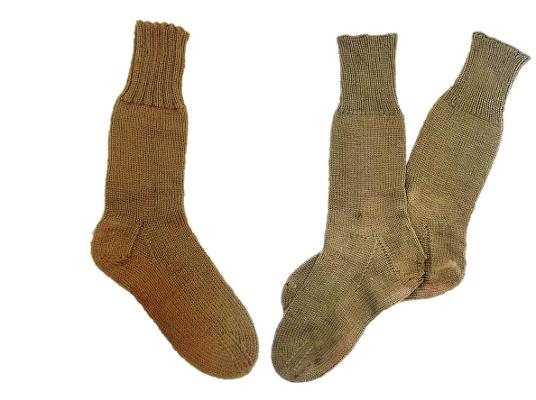
Homemade socks sent to the troops. Note the slight variation of the tops.
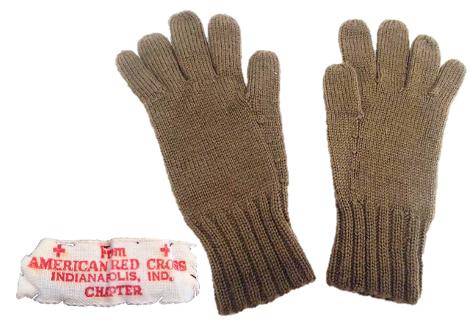
Knitted gloves sent from the Red Cross Chapter of Indianapolis, Indiana.
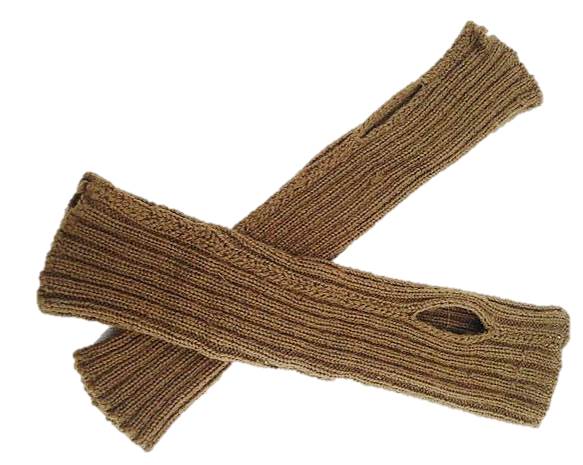
Knitted wristlets
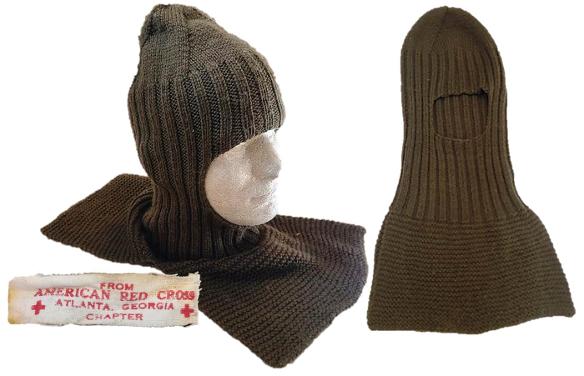
Knitted "Helmet" from the ARC chapter in Atlanta, Georgia.
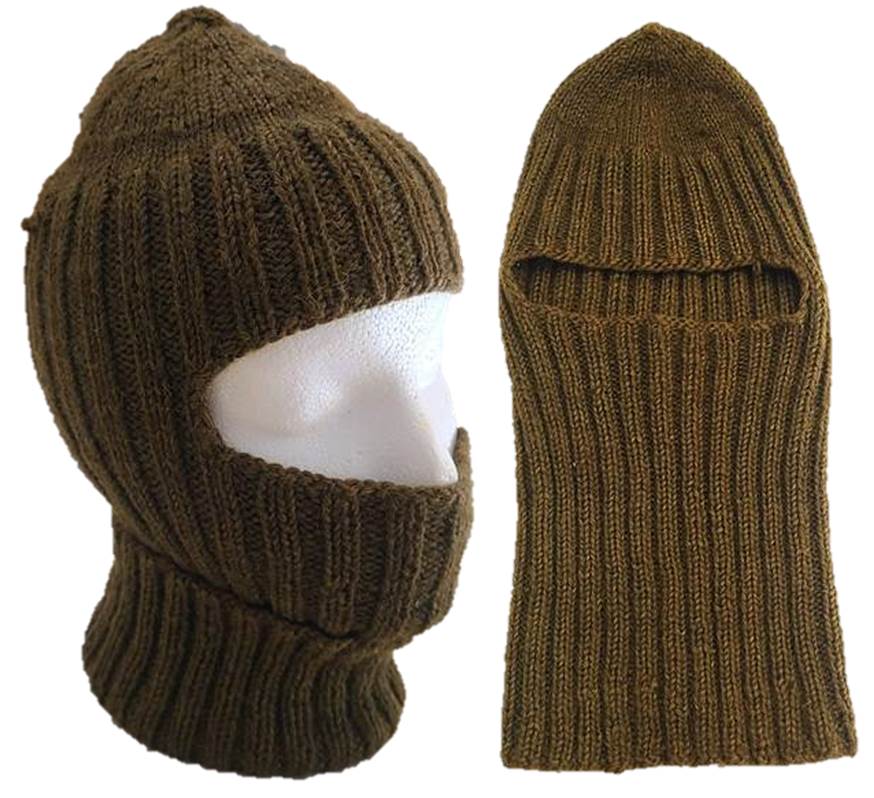
Interesting knitted balaclava that came from a veteran of the US 7th Infantry Division
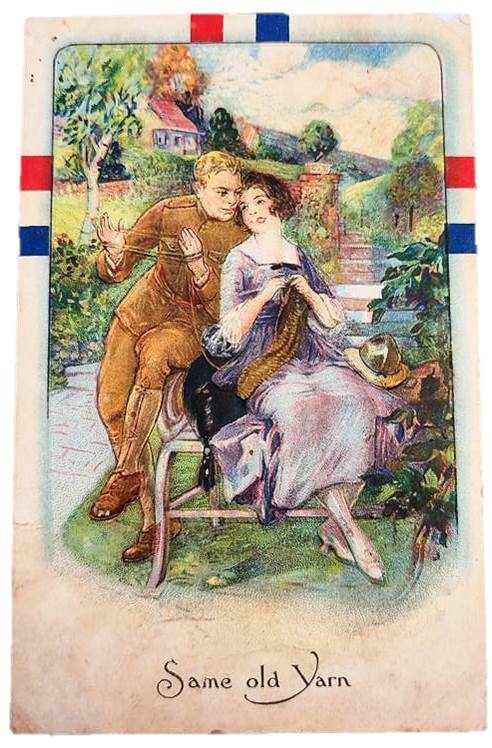
Knitting-themed WWI postcard
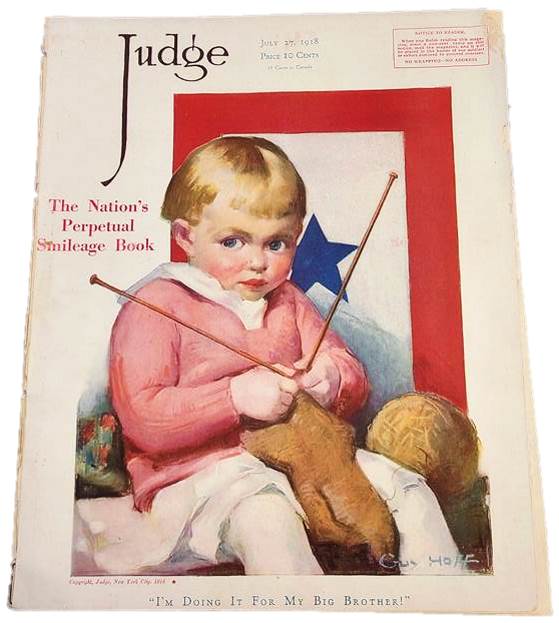
Knitting on the front of a 1918 Judge magazine